
Water and energy conservation are two important challenges faced by many European households. An EU-funded project addressed these issues, thereby creating a major opportunity for small and medium-sized enterprises working in the plumbing sector.

Large-area electronics are subject to a paradigm shift since conventional amorphous silicon (Si) thin-film transistors are increasingly being substituted by better-performing metal-oxide thin-film transistors. Such a breakthrough was just the starting point for oxide electronics.
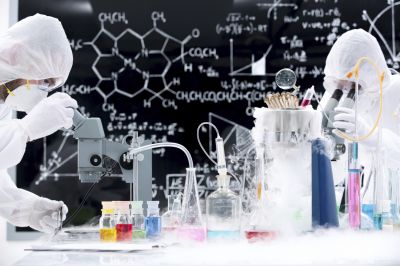
Expediting pharmaceutical development processes could significantly speed up the time taken for a product to reach the market. A European consortium working towards the development of a cell screening prototype that could be incorporated in various biopharmaceutical processes.

Industrial environments produce a lot of dust that can be detrimental to both machinery and personal health. A new air cleaning system that removes nano-scale particles and prevents build-up of explosive dust will tap large global markets.

In the race to build a universal quantum computer, researchers not only need to be able to control complex quantum phenomena, they need to do this on a chip. Such a multi-purpose optical chip is currently being developed so that miniature circuits can soon be duplicated – in much the same way as with modern computers.

Nanomaterials are famous for their unique properties that differ from those of bulk quantities of the same stuff. Now, bulk structures made from nanomaterials are the next generation and EU-funded scientists are paving the way.

Air transport needs to be well connected to other transport modes in order to offer smooth travel for passengers. An EU initiative mapped rail links to airports across Europe and established a forum on encouraging co-modal transport to achieve seamless door-to-door mobility.
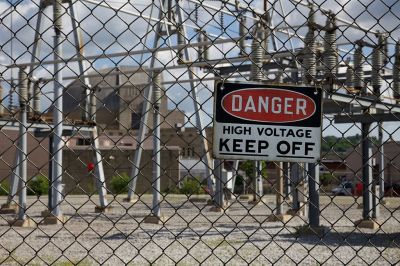
Failing stacked switches in voltage source converters (VSCs) can lead to loss of power, causing disruption to processes. New technology provides an innovative route to avoid power losses in the plurality of power transmission and distribution applications.
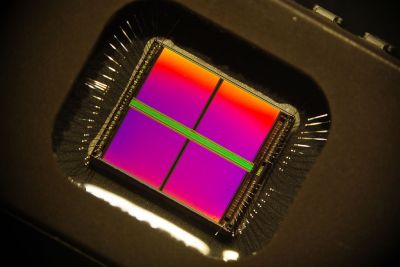
EU-funded scientists are investigating oxide-based materials that may supersede current semiconductors in future memory and sensor devices.

The latest trend in aircraft manufacture is integral structures made of carbon fibre-reinforced polymers (CFRPs). Since carbon fibre airframes have been or are in the process of being designed, tests to verify required durability and damage tolerance are needed for their certification.

Optimal configuration of preliminary designs lays the foundation for final aircraft concepts that are ready to take flight. A new preliminary design platform integrates eight different analyses to optimise performance and cost effectiveness early.

Researchers are developing a varnish with antimicrobial, moisture and oxygen as improved physic-mechanical properties, to be used in food packaging industry.

Flexible printed circuit boards (PCBs) with high operating temperatures could replace bulky cabling in high-temperature zones of aircraft engines. The weight and space savings should help achieve reductions in fuel consumption and emissions.

Greenhouse gas (GHG) inventories involve uncertainties because some data are unavailable, imprecise or incomplete and because of limited knowledge of some processes. Reducing this uncertainty is vital for maintaining the credibility, quality of compliance and proper functioning of carbon trading systems.
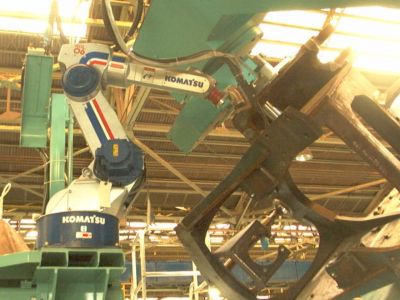
Robotic welding accounts for about one fourth of all industrial robotic tasks, yet automation is lacking. A novel low-cost robot with automatic track calculation and quality control will have major impact on quality, costs and competitiveness.

Should governments plan locally or regionally to reduce vehicle use? The answer is both, though with priority to the regional level, according to an EU study comparing urban form effects on vehicle travel at different spatial scales and contexts.
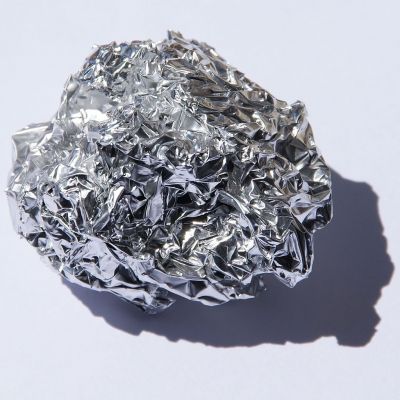
Lightweight aluminium (Al) alloys are an important pillar of aircraft development. With predicted future service conditions requiring higher operating temperatures, scientists explored new wrought alloys and thermal treatments to improve properties.

The assembly of automotive, aerospace, pharmaceutical and medical industries is intertwined with high labour costs in Europe. An EU-funded project is developing smart technology to reduce costs and enhance the effectiveness of complex assembly systems.
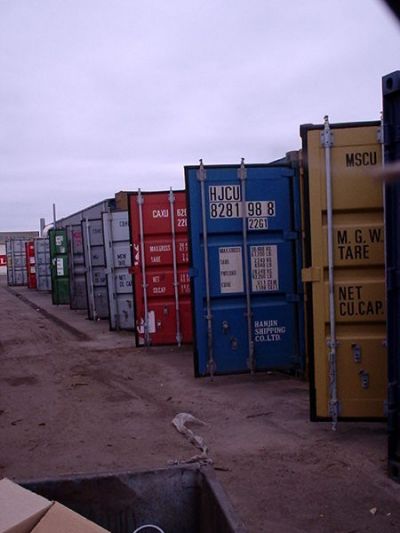
Unit load devices (ULDs) are special containers for aviation cargo, and generally arrive at the aircraft pre-loaded. While very successful and ubiquitous, they also represent the weakest link in aviation security.

Global navigation satellite systems (GNSS) are entering a new era of service with major updates to existing infrastructure and new additions to the family. A novel software-defined receiver may soon replace conventional hardware to take full advantage of the extended possibilities.
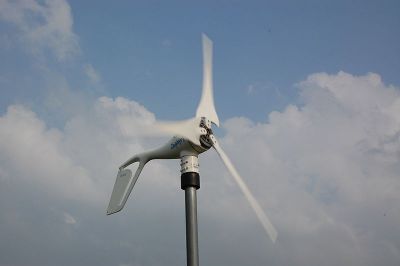
Hitherto maintenance of wind turbine blades (WTBs) usually involved an inspector descending a rope for a visual examination. EU-funded scientists have unveiled a novel automated system for in situ inspection that avoids perilous work at heights.
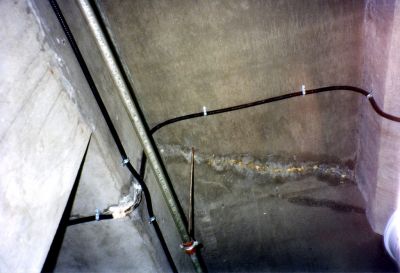
More than half of EU expenditures in the construction sector are on repair of existing structures, most commonly those made of reinforced concrete. An accelerated concrete curing system with significantly reduced energy consumption promises major benefits.

Increasing the density of stored information to enable ever-smaller devices with greater memory capacities has become the Holy Grail for magnetic memories. Multi-scale models are shedding light on the ultrafast mechanisms that will be required.

Novel lighting sources are required to reduce worldwide energy consumption. A European consortium worked to develop the necessary modelling tools for optimising an environmentally friendly lighting technology.

Polymer composites have increasingly replaced metal structures in the aerospace industry. Scientists have demonstrated the feasibility of integrating strain sensors for continuous monitoring of structural integrity and major improvements in safety.























